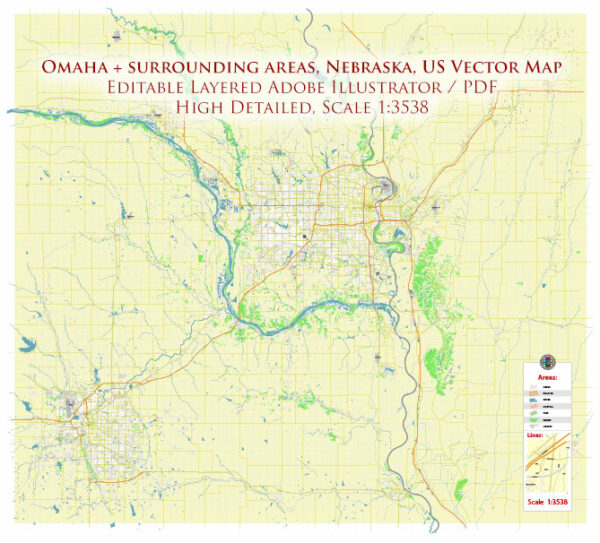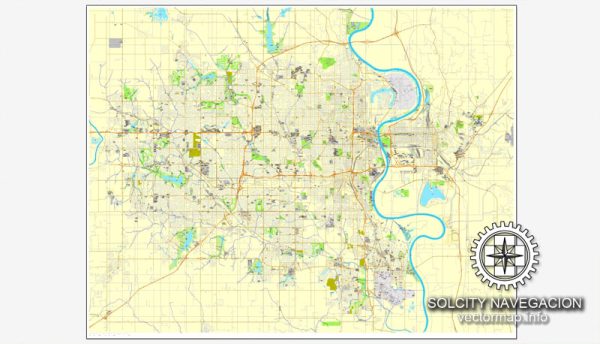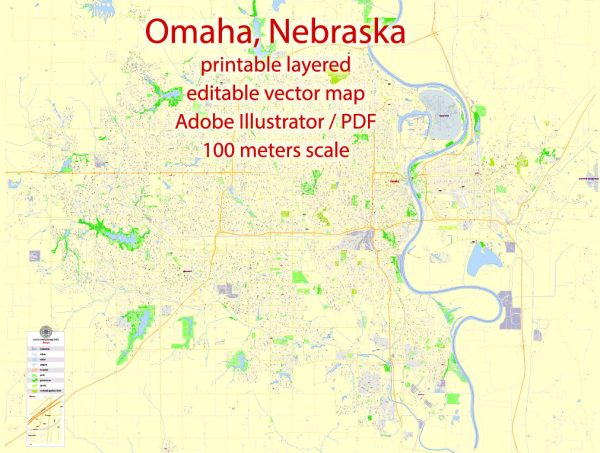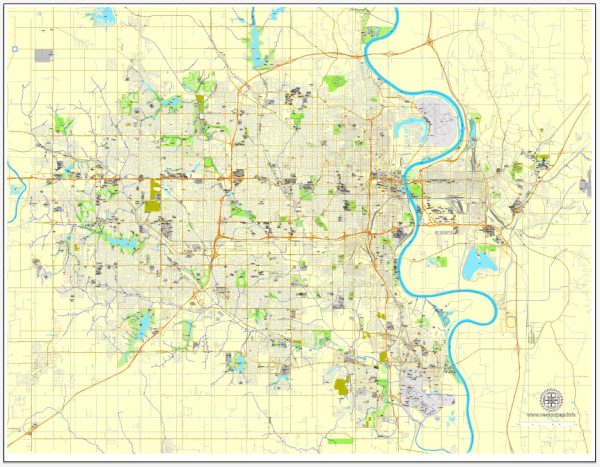Omaha, Nebraska, has a rich history of urban development that reflects the growth and evolution of a city situated along the Missouri River. Here is a brief overview of key historical developments in Omaha’s urban growth:
- Early Settlement and Trading Post (1800s):
- Omaha’s history dates back to the early 19th century when it was established as a fur trading post by the Missouri River.
- The city’s location played a crucial role in its development, as it served as a gateway to the West and a hub for pioneers and traders.
- Transportation and Railroads (1860s):
- The construction of the transcontinental railroad in the late 1860s significantly influenced Omaha’s development, turning it into a major transportation hub.
- The city became a key stop along the Union Pacific and Central Pacific Railroads, facilitating the movement of people and goods.
- Immigration and Growth (Late 1800s – Early 1900s):
- Omaha experienced rapid population growth in the late 19th and early 20th centuries due to immigration and industrialization.
- The influx of various ethnic groups, including Irish, German, and Eastern European immigrants, contributed to the city’s cultural diversity.
- Stockyards and Meatpacking Industry (Late 1800s – Early 1900s):
- Omaha’s economy thrived with the establishment of meatpacking plants and stockyards, earning it the nickname “Gateway to the West.”
- The Union Stockyards became one of the largest in the world, attracting businesses and workers to the area.
- Downtown Development and Architecture (Late 1800s – Early 1900s):
- The late 19th and early 20th centuries saw the construction of significant buildings in downtown Omaha, showcasing a mix of architectural styles.
- The Old Market district, with its historic warehouses and brick streets, is a well-preserved area that reflects this period.
- Urban Renewal and Modernization (Mid-20th Century):
- Like many American cities, Omaha experienced urban renewal efforts in the mid-20th century, leading to the construction of modern buildings and infrastructure.
- The city aimed to revitalize downtown and adapt to changing economic and social trends.
- Suburban Expansion (Mid-20th Century Onward):
- Suburbanization became a notable trend, with many residents moving to the outskirts of the city, leading to the development of suburban neighborhoods.
- This shift was influenced by factors such as the availability of land, improved transportation, and changing lifestyles.
- Contemporary Development and Revitalization (Late 20th Century – Present):
- In recent decades, Omaha has focused on downtown revitalization and the development of cultural and entertainment districts.
- The city has invested in projects such as the CenturyLink Center (now CHI Health Center) and the Riverfront Redevelopment, enhancing the urban experience.
Omaha’s urban development reflects its dynamic history, from its early days as a frontier trading post to its role as a thriving urban center in the 21st century. The city continues to evolve, blending its historic roots with contemporary developments.





 Author: Kirill Shrayber, Ph.D.
Author: Kirill Shrayber, Ph.D.